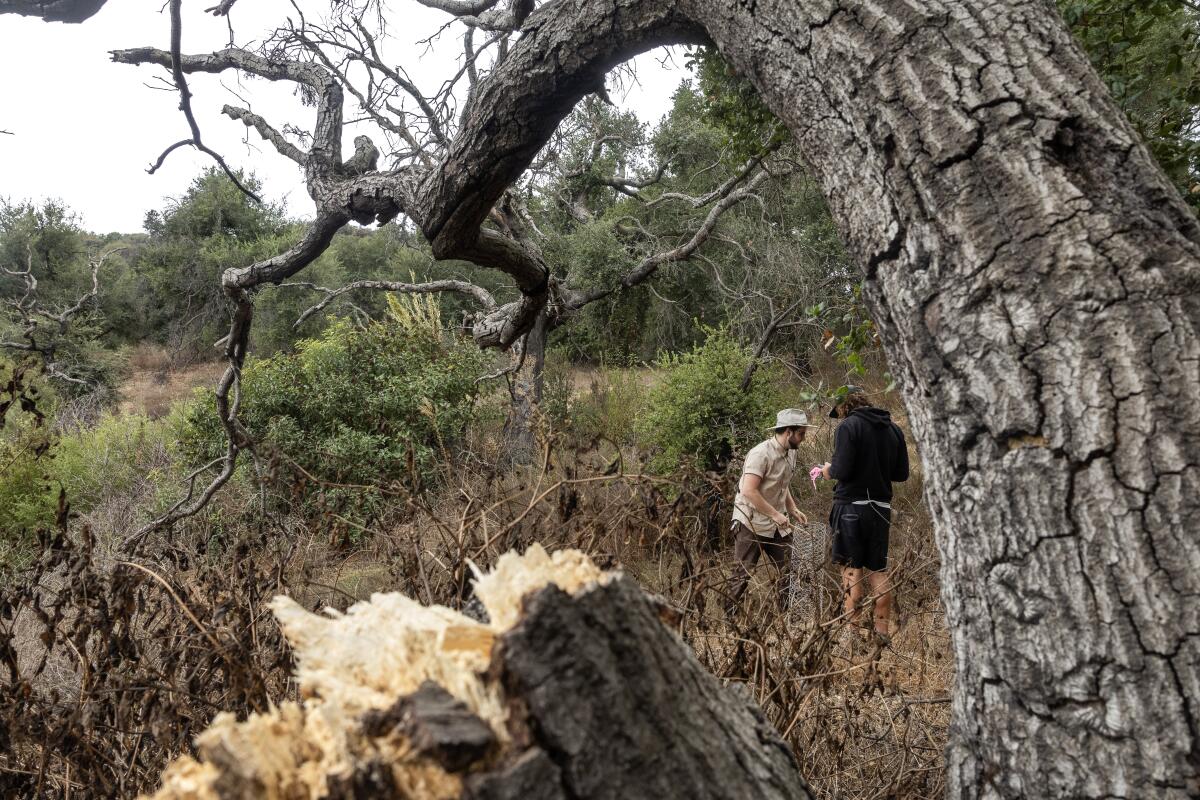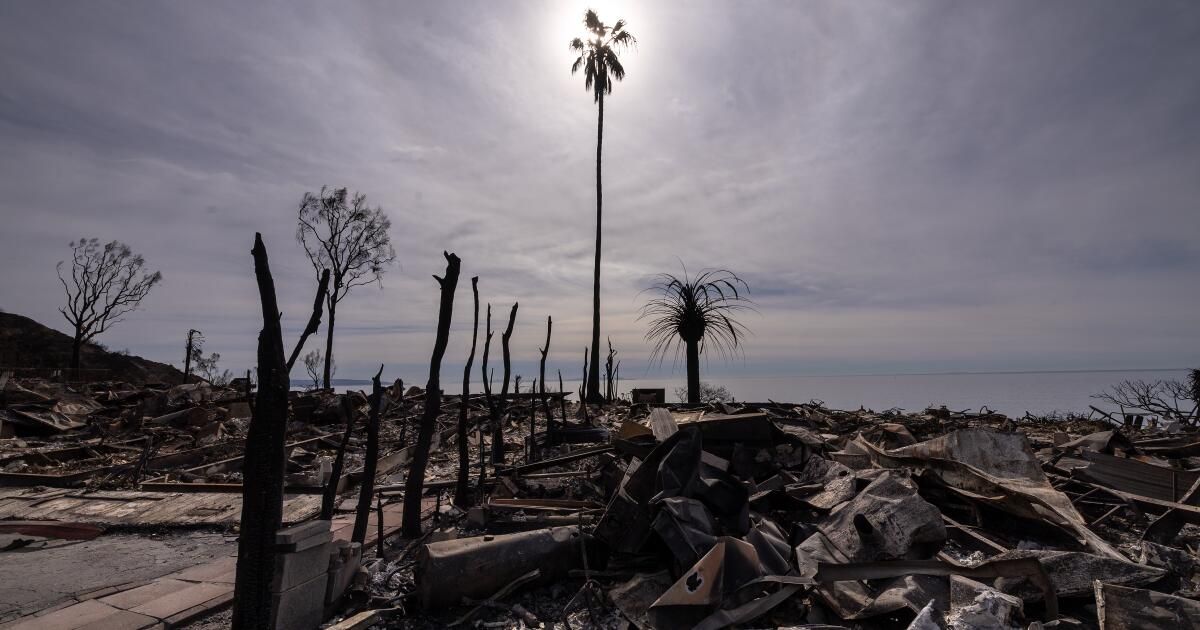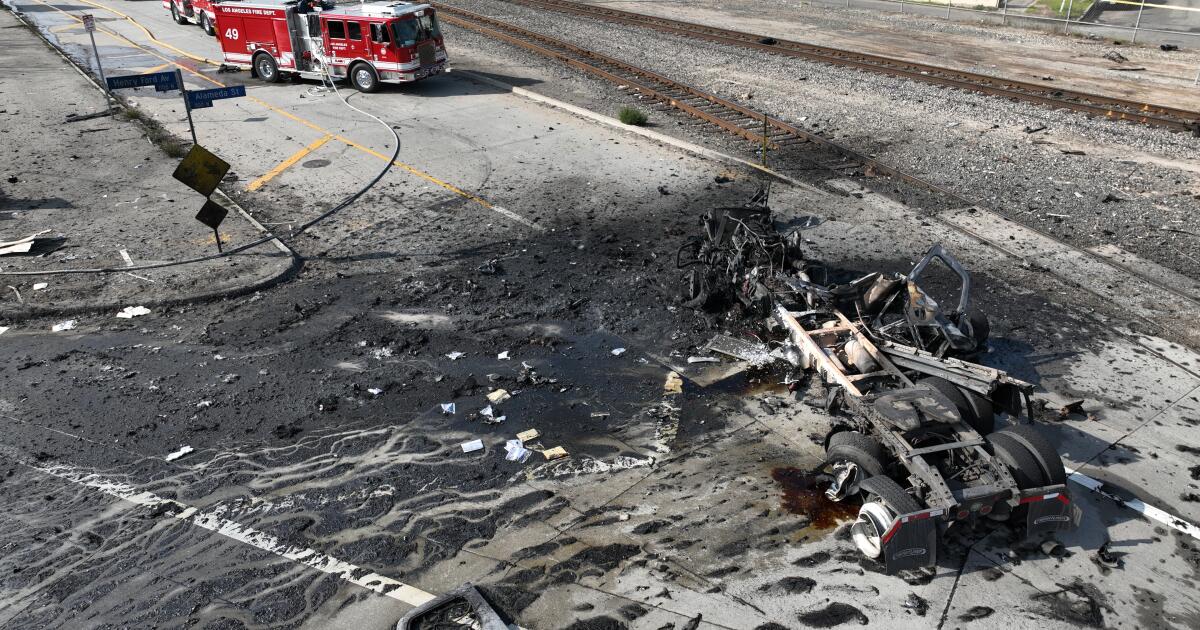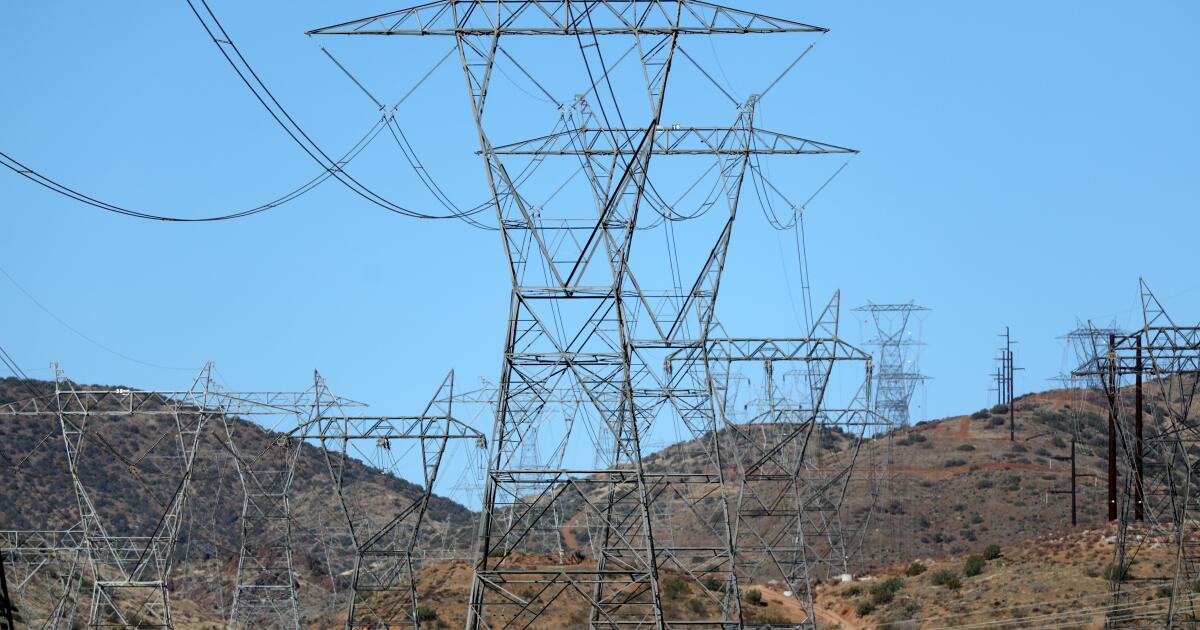Kathryn Barger's mother used to tell her that “trees make a community.”
But given the flammability of southern California, which will soon be rebuilt and replaced after the mass destruction of recent fires, what kind of trees are safer?
I have some answers, because tree -love readers have been responding to my column in which Barger, a member of the Los Angeles County Supervisors Board, said that the neighborhoods without trees can be sterile, and I said better sterile than reduced than reduced Ash.
Steve López
Steve López is a native of California who has been columnist of Los Angeles Times since 2001. He has won more than a dozen national journalism awards and is four times Pulitzer.
My intention was to suggest that, given the climate change, the proximity of forest lands and the horror of the fire driven routinely devouring neighborhoods, we must be intelligent on how and where we rebuild and replace. But I did not articulate it very well, and since then I learned some things, thanks to readers and experts, including my colleague Jeanette Marantos.
“He raised the feathers of trees defenders,” said Diana Nicole, an ecological horticulturist.
She and others that I interviewed were generally agreeing on several things:
The structures, instead of the vegetation, served as the main fuel for the propagation of fires that were turned on by embers thrown by the wind.
The hardening of fire against fire is critical, but fire -resistant landscape is also important and can help protect homes.
Brush free space is a term that can be misunderstood; The best strategy is to have more than the correct vegetation and less of the incorrect class.

Luke Benson, on the left, and Isaac Yelchin, biologists from the resource conservation district of the Mountain Living oak trees from healthy and irrigated California your property can save your home.
(Myung J. Chun / Los Angeles Times)
California Chaparral and Coastal Sage Scrub tend to be less flammable than the non -native pastures that replace them after they clarify, said Alexandra Syphard, a research scientist and expert in fire ecology at the Institute of Biology of Conservation.
“Most people have always thought you need to reduce vegetation, and I'm not suggesting that you don't. Around their property, firefighters need a safe place to enter and protect the houses, ”said Syphard. “But you do not need to mole your property,” he said, and there is increasing evidence that the correct type of vegetation serves as a protective barrier.
Having healthy oaks and sicomor and California laugh at your property can save your home, Syphard said. They contain a lot of moisture and can be more resistant to fire than structures, and can intercept flying embers before reaching buildings.
Syphard said many houses are destroyed by fires that are lit inside the house, instead of on the roof or outer walls. Those embers enter the vents, under the garage doors often through the windows. “Window panels will easily explode under radiant heat and that is a very common source of entry for embers,” said Syphard, who recommends double panel windows, along with fine mesh screens in the vents.
Eaton Canyon's biologist, Cristia Mace, told me that the natural area of Eaton Canyon and the center of nature were destroyed by fire, but the oak and sicomor limbs largely intact.
When he visited the headquarters of the center after the fire, Mace said: “The concrete walls were still stopped … the metal doors of the peak of fire were still standing, but all the windows were gone and the roof had collapsed. They had left. But Mace took note of a living survivor.
“A wall was … supported against a lilac of California,” Mace said, calling it a particularly fire resistant plant. “The building burned around it and, nevertheless, this bush remains so high that it could sustain a wall.”

What would the experts plant if it was rebuilt in Altadena or Las Palisades? The Biologist of Eaton Canyon Cristhian Mace recommended Roble, Sicomoro (above), Toyon, Lemonade Berry and Lilac.
(Devin Oktar Yalkin / for the times)
But just when some trees and plants resisted the fires of Eaton and Palisades, others lit as lit.
“Mexican fanatics palm trees must be eliminated and prohibited from being planted in California. And the interior awnings of Italian cypresses must be kept clean or withdraw from any neighborhood, ”wrote San Diego Kay Stewart's landscape architect.
He added highly flammable eucalyptus trees to that list during a phone call, explaining that their roots are in Altadena, where he lived in two houses, which had Mexican fan palms nearby, and which were lost in Eaton's fire. Stewart said he saw firefighters in a newspaper talking about how those trees were throwing large pieces of flames on fire.
Nicole told me that she studied hours of television news coverage of the fires and noticed that in the palisades, the palm trees “began to burn like torchi torches”, throwing spark balls, such as firecrackers, “so we have to get rid of the Palmas and Las Palmas Another flammable vegetation. “
In Los Angeles, that is like saying that we should get rid of dodgers, surf, or food trucks. Feel free to send me your thoughts, because I am happy to probe in the issue of palm prohibition.
I asked Syphard, Nicole, Mace and Stewart what they would plant if they are rebuilt in Palisades or Altadena.
“I would feel safer to have a green oak” not to have one, said Syphard. But he added that even fire -resistant trees can burn, and recommended eliminating limbs, leaves and dead debris from all the vegetation.

A burned palm is among the carbonized ruins of a house destroyed in the fire of Palisades on January 9.
(Brian van der Brug / Los Angeles Times)
Nicole recommended California Live Oak and Toyon, and even some non -native, including Bird of Paradise. “If you cut that, the water flows,” he said.
Mace said he would build a concrete house and that the patio would have Roble, Sycamore, Toyon, Limonade Berry and Lila.
Stewart recommended cactus, succulent and a perennial leaf bush called African Boj.
If you want to obtain more information about the tightening of the house, smart gardening and the resistance of forest fires, take a look at the Theodore Payne Foundation website.












